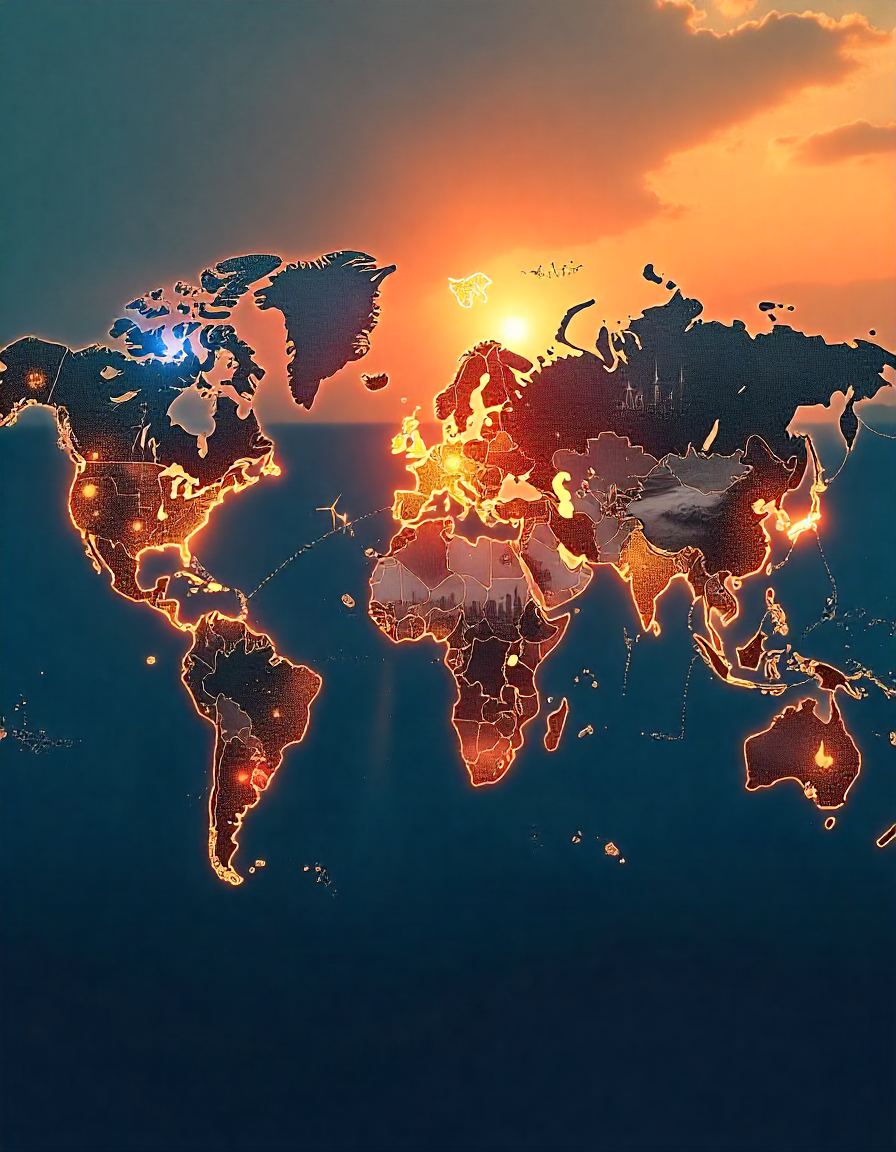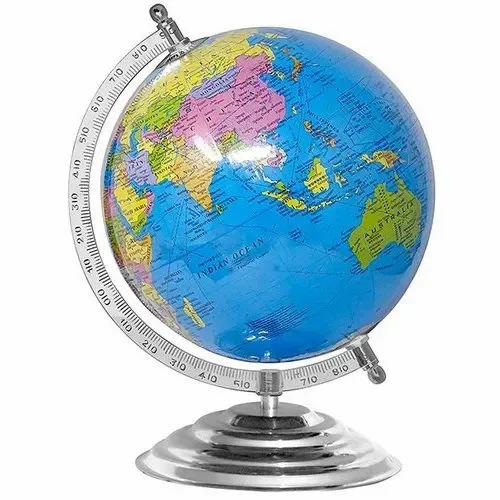For much of the 20th century, the map of economic power was easy to read. The United States, Western Europe, and Japan held the lion’s share of global wealth, influence, and innovation. But in the past three decades, the lines have begun to blur. Trade flows have shifted, new alliances have emerged, and technology has allowed countries once considered “peripheral” to leap forward.
The world economy no longer has a single center — it has several, each pulling in its own direction.
From West to Multi-Polar
The global economy is becoming multi-polar — a term economists use to describe a system where influence is distributed among several major players instead of dominated by one or two. China’s rise is the most visible example, but it’s not alone. India, Southeast Asia, parts of Africa, and Latin America are all gaining a stronger voice in shaping the future of trade, finance, and policy.
This shift isn’t just about GDP figures. It’s about influence over rules, standards, and supply chains. The West no longer writes all the rules of global commerce; now, different regions are crafting their own playbooks.
China and India: Giants with Different Paths
China’s growth story is built on manufacturing, infrastructure, and export-driven strategies. Over the past 40 years, it has lifted hundreds of millions out of poverty and become the world’s largest trading nation. But as labor costs rise and demographic challenges loom, China is shifting toward high-tech industries, green energy, and domestic consumption.
India, meanwhile, is taking a different route — one that leans heavily on services, digital platforms, and a youthful population. With more than half of its 1.4 billion citizens under 30, India’s economic strength lies in its human capital, particularly in technology, healthcare, and creative industries.
Africa’s Emerging Potential
Often overlooked in global discussions, Africa is poised for a significant role in the decades ahead. The continent’s population is expected to double by 2050, and its urban centers are growing at unprecedented rates. Cities like Lagos, Nairobi, and Accra are becoming hubs for fintech, renewable energy, and logistics.
Yet, Africa’s path to sustained growth faces challenges: infrastructure gaps, political instability in some regions, and unequal access to global capital. Overcoming these hurdles could position the continent as a key driver of global innovation and production.
The Role of Regional Alliances
Trade blocs are shaping the new economic map. The European Union remains a powerful force, but new alliances are rising. The Regional Comprehensive Economic Partnership (RCEP) — covering much of Asia-Pacific — is now the largest trade deal in history, linking economies that together account for about 30% of global GDP.
In the Americas, agreements like the United States–Mexico–Canada Agreement (USMCA) are evolving to address supply chain resilience and digital trade. In Africa, the African Continental Free Trade Area (AfCFTA) aims to connect 54 countries into a single market.
Technology as the Great Equalizer — and Divider
Digital infrastructure has allowed smaller nations to participate in global commerce without the heavy industrial base that powered earlier economic powers. Estonia, for example, has built a reputation as a digital-first nation, offering e-residency to global entrepreneurs. Singapore, despite its size, is a major hub for finance and logistics thanks to technology-driven efficiency.
However, technology also deepens divides. Countries with weak digital infrastructure risk being left out of the next wave of global growth. Access to high-speed internet, cybersecurity, and digital literacy is becoming as essential as roads and ports once were.
The Climate Factor
Climate change is no longer just an environmental concern — it’s a central economic issue. Rising sea levels, extreme weather events, and shifting agricultural zones will reshape trade routes, supply chains, and even population centers.
Countries that adapt early, investing in renewable energy and sustainable infrastructure, are likely to gain an edge. Denmark’s leadership in wind energy, for example, gives it a role in global energy markets disproportionate to its size.
The Future of Global Supply Chains
The pandemic exposed vulnerabilities in the “just-in-time” model of global trade. Shortages of medical equipment, semiconductors, and raw materials revealed how interconnected — and fragile — the system had become.
Now, companies are diversifying their production, adopting “China-plus-one” strategies to reduce reliance on a single country, and in some cases reshoring manufacturing closer to home. This shift doesn’t mean globalization is ending, but it is evolving into a more distributed form.
Challenges to Global Cooperation
While interconnectedness brings opportunity, it also creates friction. Trade disputes, technological rivalries, and geopolitical tensions can slow progress. The U.S.-China relationship, for instance, affects everything from consumer electronics prices to global climate agreements.
The challenge for policymakers is finding ways to compete and cooperate simultaneously. Issues like pandemic preparedness and climate change require collective action, even among nations with deep strategic rivalries.
Opportunities in the New Landscape
For businesses, a multi-polar world means more complexity — but also more opportunity. Instead of one or two major markets driving demand, there are now dozens of growth centers. Diversifying operations and partnerships across multiple regions can provide resilience against shocks.
For individuals, global skills are more valuable than ever. Language proficiency, cultural awareness, and the ability to navigate different regulatory environments are becoming core professional assets.
Final Reflection
The center of the global economy is no longer fixed. It shifts, tilts, and rebalances as new players rise, old powers adapt, and technology redraws the boundaries of what’s possible.
For nations, the challenge is to adapt without losing stability. For businesses, it’s to move with agility in a system that no longer has a single playbook. And for individuals, it’s to see beyond borders — to understand that the forces shaping tomorrow’s world are already in motion today.


